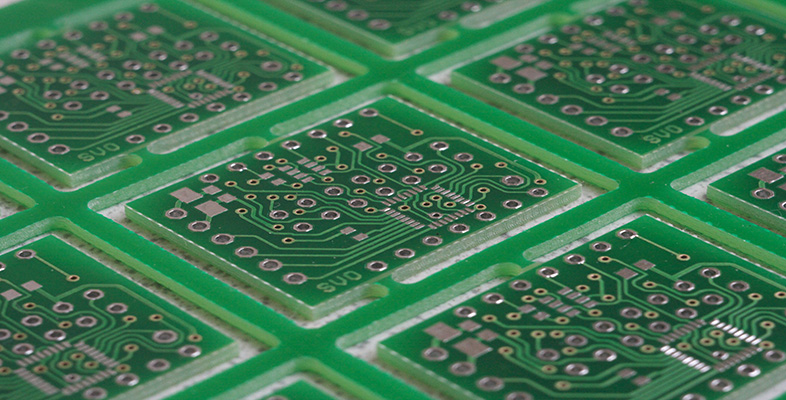4.1 Malware
Software designed to cause damage is known as malware. There are several types of malware, three of which are described below. However, be aware that as malware evolves to avoid detection, the boundaries between the different categories are tending to blur.
The best-known type of malware is probably the virus. This is a piece of software that has been written to attack software on your computer, often with the specific intention of causing harm – deleting files, for example. A virus attaches itself to other software on your computer and activates when that software is run. Viruses are so called because they are designed to spread quickly and easily from one computer to another via internet connections or external storage devices such as memory sticks.
Another type of malware is the worm. This is a piece of malicious software that runs ‘in the background’, doing some damage to your computer even though you may not realise it is running. Worms can make copies of themselves, and those copies can spread via an internet connection. A worm typically consumes resources by running on a computer; in a major attack, all of a computer’s processing resources could be used in running the worm and its copies.
Finally, the trojan is a digital equivalent of the legendary wooden horse that smuggled Greek soldiers into Troy. It appears to be legitimate software, such as a screensaver, but behind the scenes it is causing damage – perhaps allowing someone else to gain control of the computer, copying personal information, deleting information, or using email software to pass itself on to other computers.
